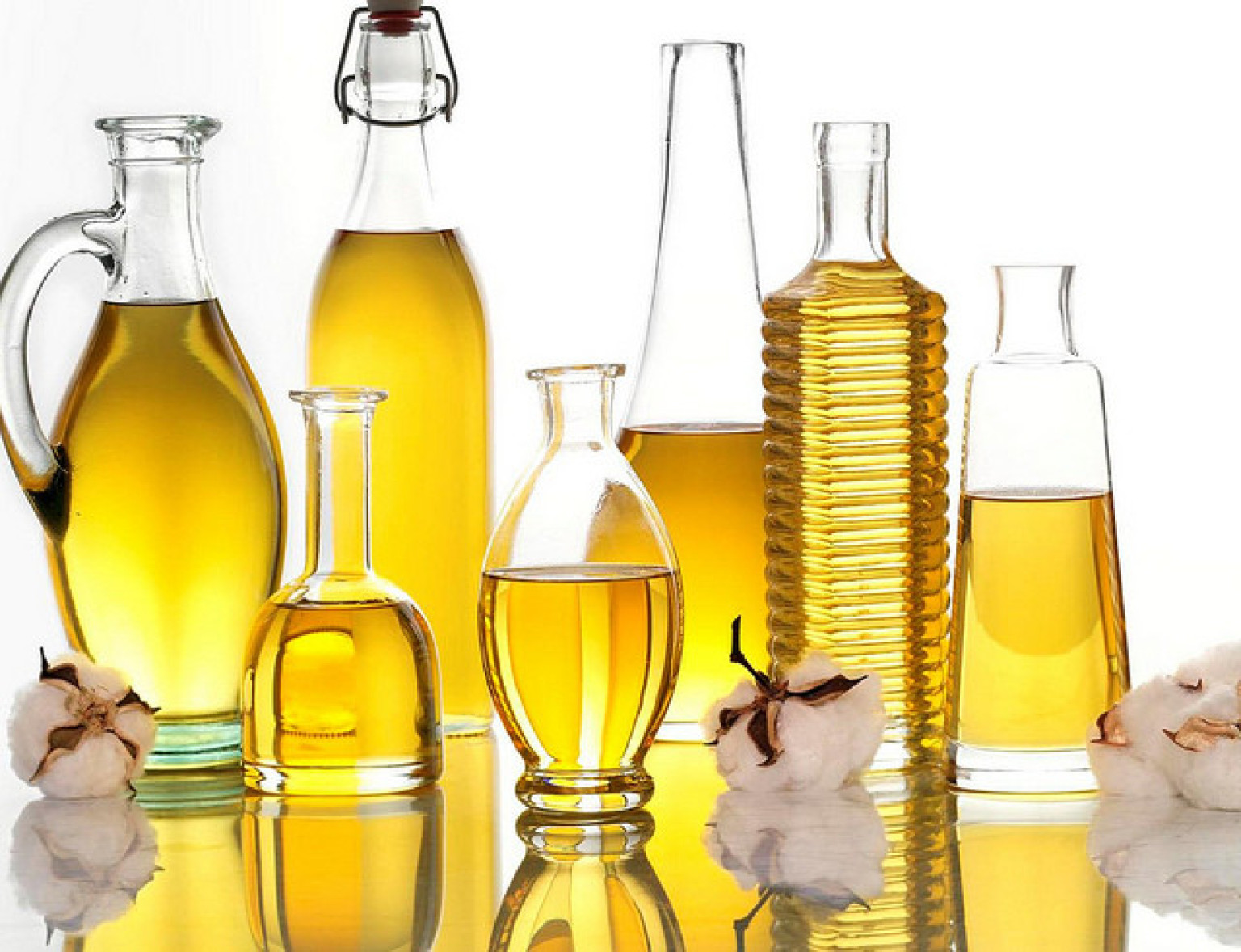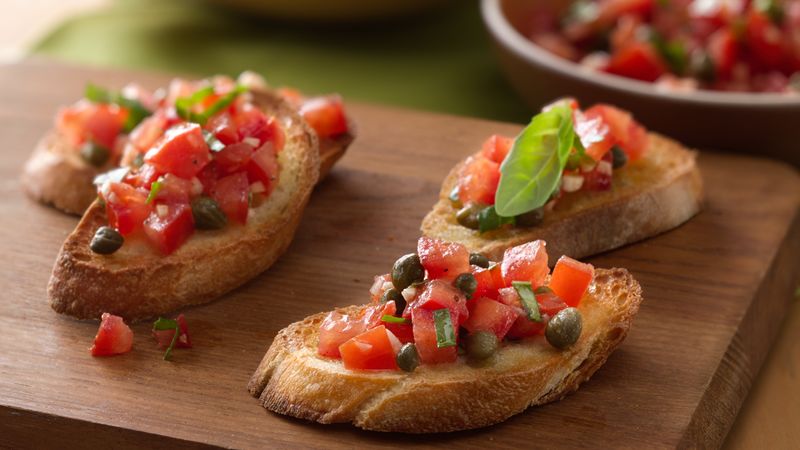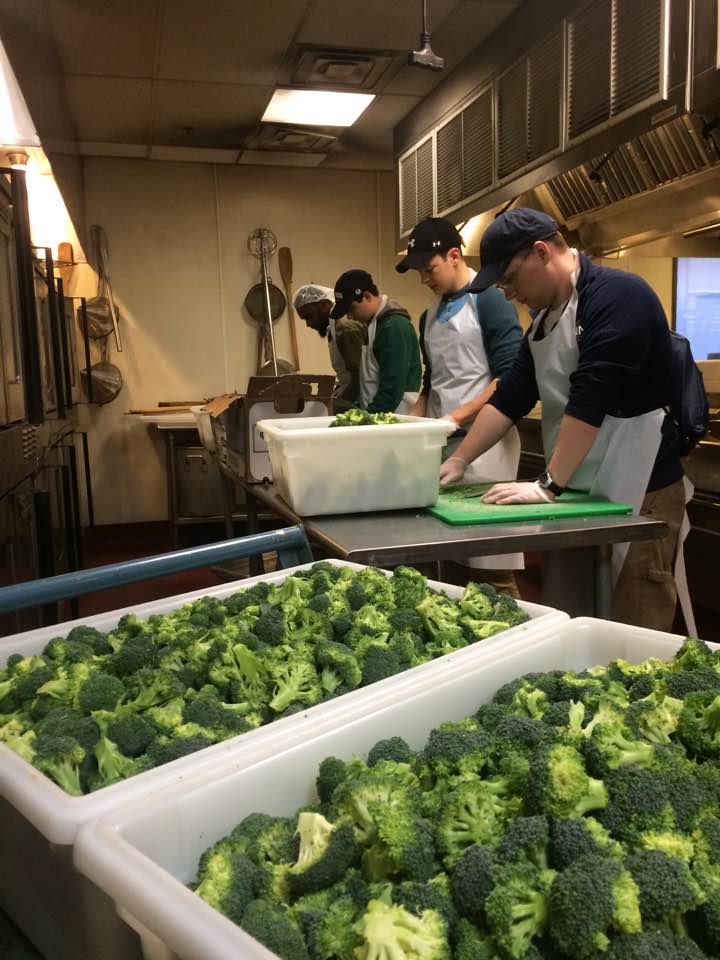We are so excited to have Martha Graham Cracker returning to the Forrest Theatre stage as host for Shut Up & Dance for the second year in a row. Dito van Reiserberg, the genius behind Martha, sat down to share some of his memories and insights of the evening.

Favorite Memory
One year we did “Cold Hearted Snake” by Paula Abdul. If you haven’t seen the music video, you should. We had either a ladder or an actual scaffolding. And there are all these dancers, taking their shirt off and writhing on this enormous scaffolding. It’s very funny. And sexy.
Another year I did “Tiny Dancer” with Abby Mentzer. And I’m tall – you know, especially in my heels I’m about 6’7. And she’s not a very tall dancer. There’s a part in Tiny Dancer that goes “tiny dancer in my hand,” and so I put out my hand and she put her little toe shoe into my hand. It was very fun.
How did you get involved?
My boyfriend is Matthew Neenan, Choreographer in Residence, who was part of Pennsylvania Ballet. And so I know the Pennsylvania Ballet crowd through him. He was part of some of the very early Shut Up & Dances. And that gave him his very first choreographic opportunity. Now that’s what he does for a living! In terms of something that creates an unintended result, a lot of dancers test the waters choreographers. And Matthew he did it several years in a row. We were like – you actually know how to choreograph! You should do it! And then he did it. I don’t know that he would be where is he is right now without Shut Up & Dance.
Nic Stuccio, who founded Fringe Arts, he was one of the co-founders. I want to say that Shut Up & Dance was a thing that allowed him to begin to cut his teeth organizationally as well. That created an impact allowing him to go off and make the Fringe Festival. So Shut Up & Dance has created a lot of opportunities, and has had an enormous impact.
When Michaela Majoun wanted to pass on the [Shut Up & Dance Host] torch, they were like – you like to talk and be ridiculous in front of people. Why don’t you do it? And so I said “okay!” You really can’t argue with the worthiness of the cause.
Could you describe Shut Up & Dance for those who have never been?
The evening has funny dances – the opening number is usually really ridiculous, and might have something to do with current events. But then there are pieces that are quite serious, or comedic, or uncategorizable. But they’re all new pieces of dance.
The tradition is the last dance before the ending is the Dying Swan. Which is a tribute to those we’ve lost, and it’s a beautiful thing to watch a ballerina do. It says ‘this is the heart of the ballet community giving itself to this worthy cause.’ So I feel that no matter how fun or ridiculous or goofy the evening is, there’s always an underlying thread of ‘let’s remember why we’re all here.’ It’s really moving.










